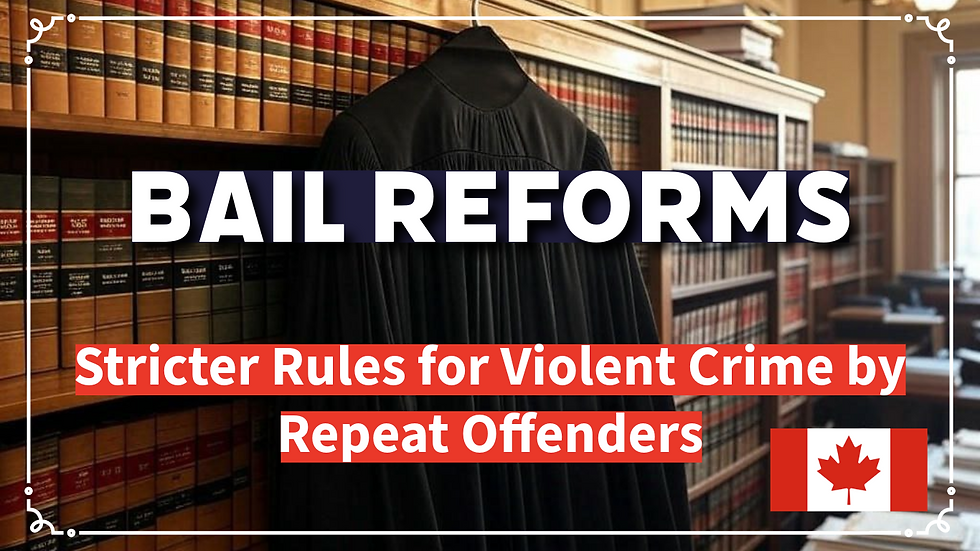75 Years of India's Supreme Court: A Legacy of Justice
- M.R Mishra

- Jan 29
- 4 min read
As the Supreme Court of India marks its 75th anniversary on January 28, 2025, it’s a moment to reflect on its extraordinary journey as the apex judicial institution of the world’s largest democracy. Established in 1950, just two days after India became a Republic, the Supreme Court has been the cornerstone of India’s constitutional framework, safeguarding democracy, protecting fundamental rights, and ensuring the rule of law.
For 75 years, the Supreme Court has not only interpreted the Constitution but also shaped the social, political, and legal fabric of the nation. From landmark judgments that redefined rights to its role as a check on executive and legislative power, the Court has been a beacon of justice and equality.
The Supreme Court of India was established under Article 124 of the Constitution, replacing the Federal Court of India and the Privy Council as the highest judicial authority. With Justice Harilal J. Kania as its first Chief Justice, the Court began with just 8 judges. Over the decades, it has expanded to 34 judges (including the Chief Justice) to handle the growing caseload and complexity of legal issues in a rapidly evolving nation.
The Court’s inaugural home was the Chamber of Princes in Parliament House, but in 1958, it moved to its iconic building designed by architect Ganesh Deolalikar. This structure, with its majestic dome and pillars, symbolizes the strength and independence of the judiciary.
The Supreme Court’s primary role is to uphold the Constitution and ensure its supremacy. Through the power of judicial review, the Court has struck down laws and executive actions that violate constitutional principles. Its interpretation of the Constitution has often been progressive, adapting to the needs of a changing society while preserving its core values. One of the most significant contributions of the Court is the Basic Structure Doctrine, established in the Kesavananda Bharati case (1973). This landmark ruling held that while Parliament has the power to amend the Constitution, it cannot alter its “basic structure.” This doctrine has since been a shield against arbitrary amendments, ensuring the Constitution’s enduring spirit.
The Supreme Court has been a relentless protector of fundamental rights, often expanding their scope to address emerging challenges. Some of its most celebrated judgments include:
Maneka Gandhi v. Union of India (1978): The Court held that the Right to Life and Personal Liberty under Article 21 is not merely a physical right but includes the right to live with dignity.
Vishakha v. State of Rajasthan (1997): The Court laid down guidelines to prevent sexual harassment at workplaces, filling a legislative vacuum.
Navtej Singh Johar v. Union of India (2018): In a historic verdict, the Court decriminalized homosexuality, striking down Section 377 of the Indian Penal Code and affirming the rights of the LGBTQ+ community.
Justice K.S. Puttaswamy v. Union of India (2017): The Court declared the Right to Privacy a fundamental right, a decision that has far-reaching implications for individual freedoms in the digital age.
The Supreme Court has consistently used its authority to promote social justice and equality. From addressing gender discrimination to protecting the rights of marginalized communities, the Court has been a voice for the voiceless. Cases like the Shah Bano case (1985) and the Sabarimala verdict (2018) highlight its role in challenging societal norms and advocating for progressive change. The Court has also played a pivotal role in environmental jurisprudence. In the MC Mehta cases, it addressed issues like air pollution, water conservation, and sustainable development, establishing the principle of “Sustainable Development” as part of Indian law.
Challenges and Reforms
Despite its achievements, the Supreme Court faces significant challenges. The backlog of cases (over 70,000 pending as of 2025) and judicial delays remain pressing concerns. Ensuring access to justice for all, particularly marginalized communities, is another area that demands attention. To address these issues, the Court has embraced technology through initiatives like e-Courts and SUPACE (Supreme Court Portal for Assistance in Court Efficiency). These digital tools aim to streamline processes, reduce delays, and make justice more accessible.
As the Supreme Court enters its 76th year, it faces new challenges in a rapidly changing world. Issues like data privacy, climate change, and technological advancements will test the Court’s ability to adapt and innovate.
The focus on judicial transparency, accountability, and diversity will be critical in ensuring that the Court remains a trusted institution. Efforts to reduce delays, improve access to justice, and embrace technology will shape its future trajectory.
The 75-year journey of the Supreme Court of India is a testament to its resilience, independence, and commitment to justice. From its humble beginnings to its current stature as a global judicial powerhouse, the Court has been the guardian of India’s constitutional values. As we celebrate this milestone, we recognize the Court’s role not just as an interpreter of laws but as a catalyst for social change and a protector of democracy. Here’s to the next 75 years of justice, equality, and constitutional integrity!







Comments